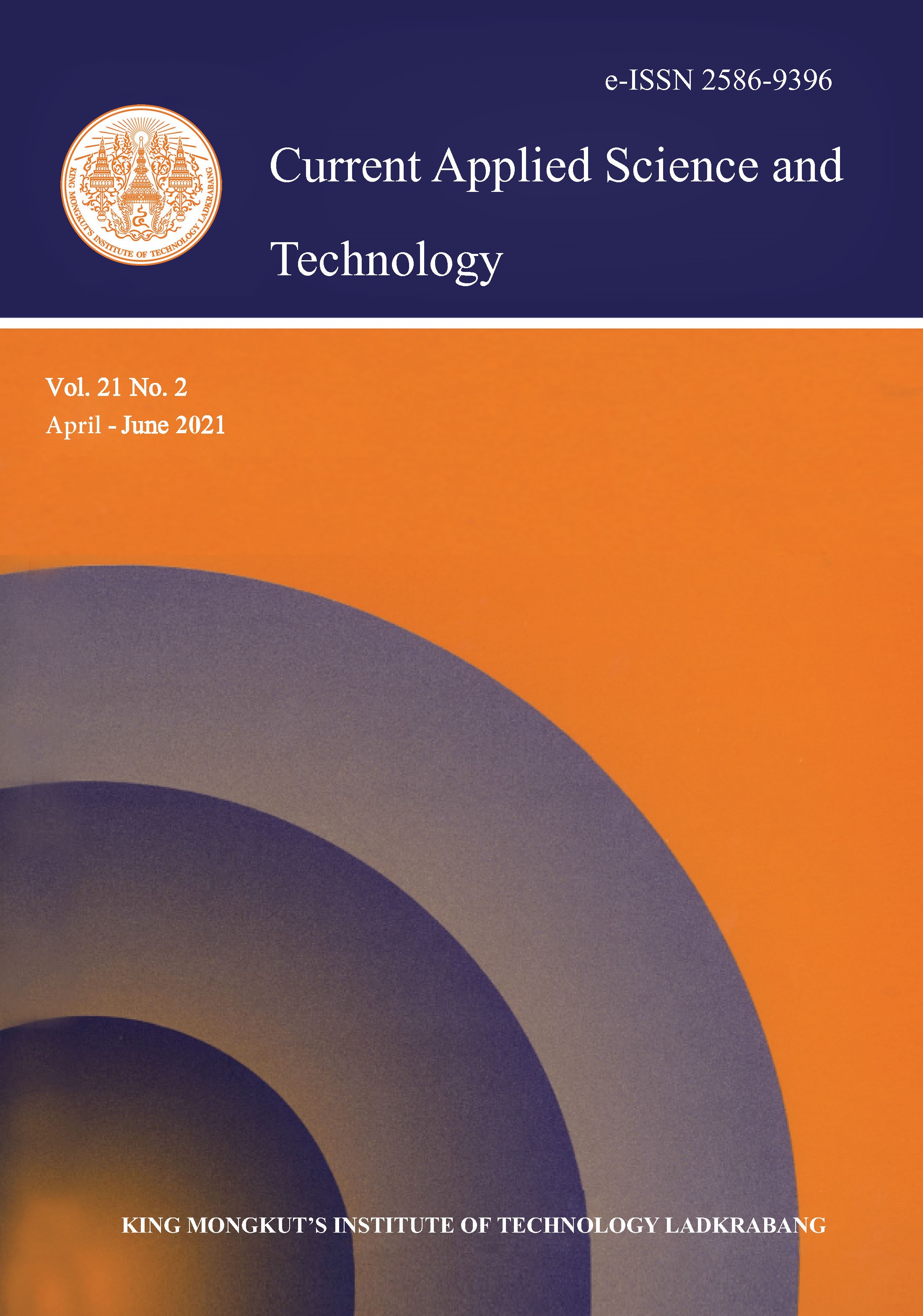In this study, the edible mushrooms; Termitomyces robustus and Pleurotus ostreatus were fermented with lactic acid bacterium. The proximate composition, minerals, amino acids and fatty acids of unfermented and lacto-fermented mushrooms (mushrooms fermented with Lactobacillus fermentum) were revealed. The free radical scavenging and antimicrobial activities of ethanolic extracts from the mushrooms were carried out. The protein content of P. ostreatus and T. robustus fermented with L. fermentum increased (p<0.05) up to 17.7±1.9% and 10.4±0.4%, respectively. The crude fiber (7.8±0.0%) and total carbohydrates (76.6±7.9%) in lacto-fermented T. robustus as well as crude fiber (9.0±0.6%) and total carbohydrates (67.3±8.4%) in lacto-fermented P. ostreatus were reduced (p<0.05) when compared to unfermented mushroom samples. Lacto-fermented P. ostreatus had the highest valine content of 11.1±0.2 mg/100 g mushroom, while palmitic acid was found to be the most abundant saturated fatty acids (SFA) with 23.0±2.1 % in lacto-fermented T. robustus. The phenolic content of the studied mushrooms ranged from 5.6±0.0-7.8±0.0 mg GAE/g extract, while flavonoid was within 3.1±0.0 - 4.9±0.1 mg QE/g extract. The scavenging activity of the unfermented and lacto-fermented mushrooms against DPPH ranged from 62.8±6.8% to 91.3±10.2%. The extracts from lacto-fermented mushrooms showed better zones of inhibition ranging from 5.0±0.0 mm to 12.5±0.7 mm against tested isolates. The research suggests that the probiotic fermentation of mushrooms is a food processing method that can be adopted to enhance nutritional and functional properties of edible mushrooms.
Keywords: fermentation; preservatıon; lactic acid; fatty acid; amino acid
*Corresponding author: Tel.: (+234)7033830019
E-mail: clementogidi@yahoo.com
Ogidi*, C. O. undefined. ., & Agbaje, R. B. undefined. . (2020). Evaluation of Nutrient Contents, Antioxidant and Antimicrobial Activities of Two Edible Mushrooms Fermented with Lactobacillus fermentum. CURRENT APPLIED SCIENCE AND TECHNOLOGY, 255-270.
